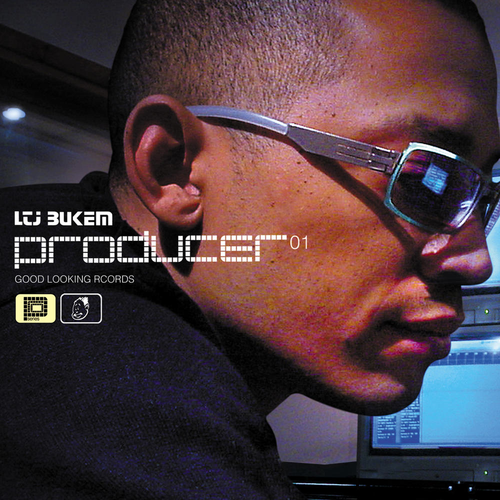6. LTJ BukemProducer 01

I remember being in a Virgin Megastore in a North London shopping centre, and they were playing this record over the speakers. I’d never heard anything like it so I asked, "Wow, what the hell is this?" at the counter, and I bought it straightaway. I think the woman was surprised that a 12-year-old was buying this frantic D&B album. I think to myself now, ‘If I hadn’t been in that shop, at that moment, would I have necessarily ever heard this album? And discovered D&B and jungle from it? How would that have affected what I’m into now?’
As much as it was the intricacy of the productions that grabbed me, it was also the energy and the speed. As a youngster, you’d attracted to extremes, and I couldn’t even imagine what it would be like in clubs and raves. It was a pretty disconnected experience of this music: devoid of lineage and history, just picking up a CD and listening to it on headphones on the bus, at a remove from its origins, or even function. I think that sort of experience can have a negative effect: you can not like it because it’s not being presented properly, particularly when music that’s designed for massive soundsystems is played on crappy speakers. It doesn’t paint the whole picture.
But, what could I do? When I was 12 I looked like a child, and none of my friends were into D&B or jungle, so I didn’t experience clubbing till I was about 18 or 19 – years after first hearing ‘rave’ music. Apart from having older kids at school share tapes with me, it wasn’t until I heard radio shows like Mary Anne Hobbs’ Dubstep Warz, and heading down to FWD>> for the first time a few weeks later, that I finally understood what it meant to discover dance music in its intended form.


